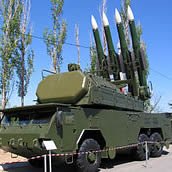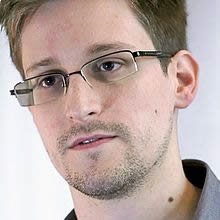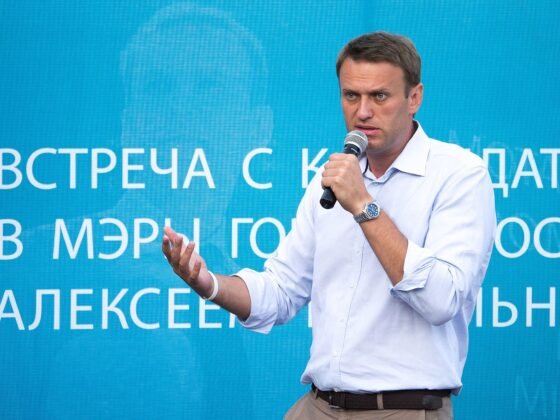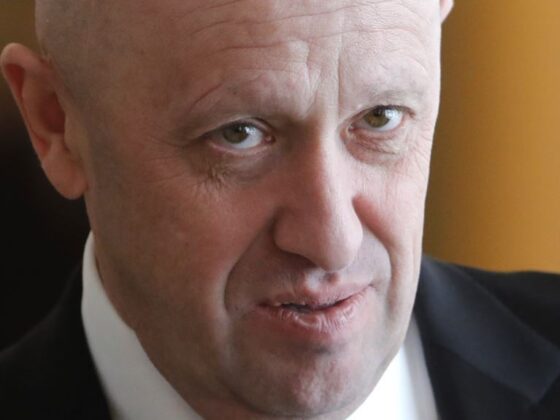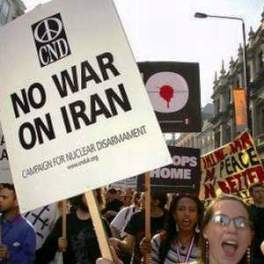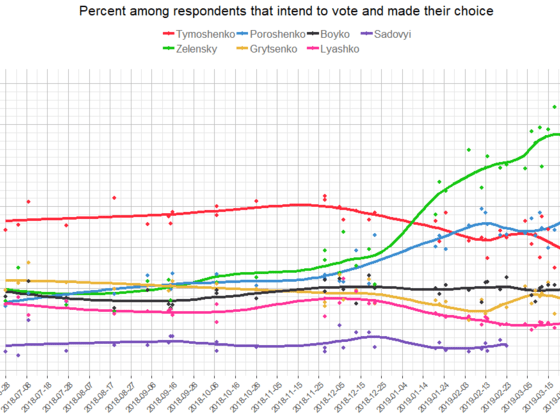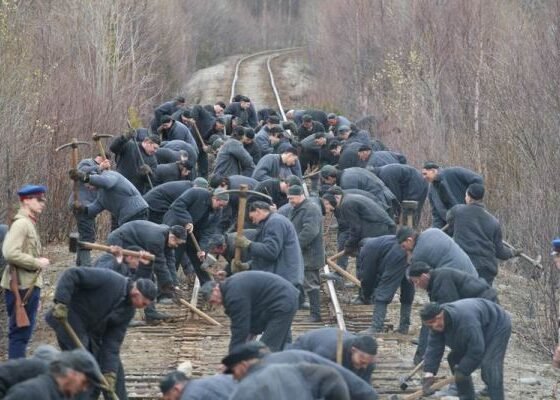(The Washington Post) Last week the Democratic Party publicly split over the wisdom of sending lethal military assistance to Ukraine. The Obama administration is reportedly sharing some intelligence and non-lethal equipment (like night-vision goggles and armored vehicles) with the Ukrainian army, and is preparing to up its support for Ukrainian National Guard training. But Senate Armed Services Committee Chairman Carl Levin joined prominent Republicans in asking Obama to go further. He called for defensive weapons to be sent to Kiev, including ammunition and anti-aircraft missiles, after a closed-door briefing with Pentagon officials.
Demands for U.S. weapons support will likely grow as Russia’s troop buildup along the border continues and the threat of open warfare between the two countries increases. Obama himself has hinted that weapons might be sent if Russia invades Ukraine. Republican Sen. John McCain accused the Obama administration of kowtowing to Moscow and being “cowardly” for not sending arms already in mid-July.
But the U.S. should think twice about sending weapons to Kiev. This has nothing to do with Russia—and everything to do with Ukraine.
The Ukrainian military is not a well-disciplined or cohesive force. Its troops have made amazing progress in the past several months, taking back Slovyansk and other eastern territories from the rebels. They have begun shelling rebel strongholds in Donetsk, one of the most important targets in the campaign to retake eastern Ukraine. But their tremendous battle achievements have come in spite of weak preparation and professionalism. This means that the United States would find itself with little control over how its weapons might be used on the ground.
The most recent evidence of this was the bizarre incident earlier this week, confirmed by the government in Kiev, where 311 Ukrainian troops of the 72nd Army brigade laid down their arms and crossed the border into Russia. Moscow’s claim that they were trying to defect is suspect, especially since dozens of the troops have reportedly returned to Ukraine. Kiev argues that the troops simply ran out of ammunition.
Whatever the correct explanation turns out to be, it is odd that large units, presumably commanded by at least mid-level officers, would try to escape rebel fire by seeking protection on enemy territory. At best it indicates poor logistical and operational planning. At worst it means that weapons sent by the United States to Ukraine might well end up in rebel or Russian hands. There are conflicting reports about whether the border-crossing troops destroyed their weapons, or instead left them on the field for rebels to pick up.
Beyond any question of poor decision-making by the Ukrainian troops involved in this particular event, many Western analysts believe that the Ukrainian military is penetrated by a web of Russian intelligence agents. Its roots as an institution date to the Soviet era, and the sudden collapse of the Soviet Union in late 1991 was followed by a chaotic period where patriotism and even citizenship were ill-defined across the post-Soviet space. Under the previous regime of Ukrainian president Viktor Yanukovich the Russian and Ukrainian militaries cooperated in some areas, and the defense industries of the two countries co-produced some weapons. It is not surprising that some members of the Ukrainian military organization would have ambiguous emotions or competing loyalties in the current conflict. Indeed a number of Ukrainian officers defected to the Russian side during Vladimir Putin’s seizure of Crimea this past spring.
But the lack of discipline and professionalism goes further. There have been numerous cases, well documented by Western journalists, of Ukrainian forces firing on civilians in recent months. Human Rights Watch believes that indiscriminate rocket fire used by Ukrainian or pro-Kiev forces in Donetsk has killed over a dozen civilians in violation of international laws of war. The New York Times reports that the Ukrainian army probably shelled a Donetsk dental clinic by accident on Wednesday.
To complicate matters, the Ukrainian army is supported by private paramilitary groups, including both the large Donbass Batallion and a number of smaller and less formal groups based in various towns in the region. Some have already entered the heavily populated area around Donetsk. While their political sympathies lie with Kiev, these militias are not under Kiev’s command and control, and certainly have not undergone any professional unit training. U.S.-supplied weapons might end up in their hands, as well, with unpredictable consequences.
It would be tragic if U.S.-supplied ammunition or armaments ended up killing the very Ukrainian civilians that Washington hopes will be coaxed back into a unified Ukrainian state. Moscow would have a field day in its local propaganda war if that happened. And if U.S. weapons ended up in the hands of pro-Kiev non-state militias, it would take away the moral authority that Washington has in criticizing Moscow’s supply of weapons to the anti-Kiev militias. The further strengthening of non-state violent actors in Ukraine—even those currently fighting on the side of the government—boosts the likelihood that the state will ultimately fail in a flurry of local warlordism.
Until the Ukrainian military achieves a higher degree of discipline and cohesion, the U.S. needs to concentrate on helping train those troops, not arm them. A professional army, subservient to democratic civilian authority, is one of the best guarantees of a strong Ukrainian state in the future. Defeating Russian incursions on to Ukrainian territory might bring a short-lived sense of victory to the American public, but immediate military gains will be meaningless if Ukrainian state security forces cannot gain legitimacy and trust in the areas they are now trying to recapture.

